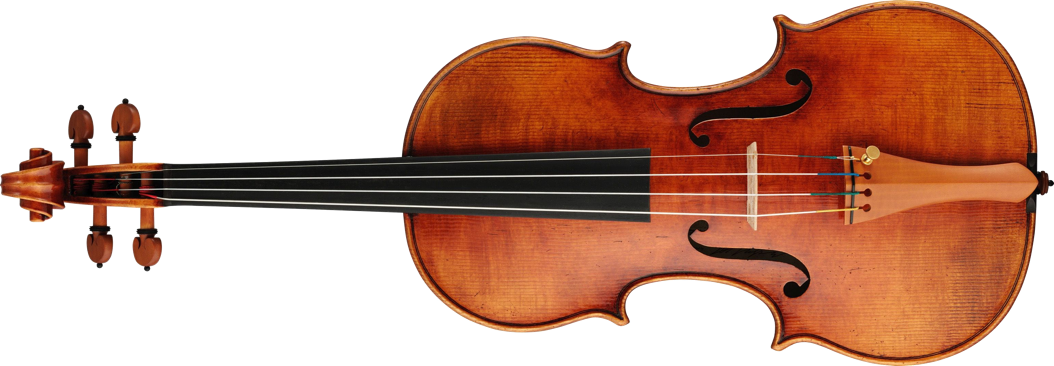What to Look For When Buying a Violin
When purchasing a violin, whether you're a beginner, an intermediate player, or a professional musician, it's essential to choose an instrument that not only suits your skill level but also inspires and supports your musical journey. With various factors to consider, from the violin's tone and craftsmanship to its playability and price, navigating the market can be daunting. To assist you in this important decision, let's explore what to look for when buying a violin.

1. Determine Your Skill Level and Goals
Before diving into the selection process, assess your current skill level and musical aspirations. Are you a beginner seeking a student violin for practice and learning, or an advanced player in need of a professional-quality instrument for performances? Clarifying your objectives will guide you in finding a violin that aligns with your needs and expectations.
2. Violin Type: Acoustic vs. Electric
Firstly, decide whether you prefer an acoustic violin, which produces sound through vibrating strings and resonating wooden body, or an electric violin, which utilizes electronic amplification for a unique sound. Acoustic violins offer a traditional tone and feel, whereas electric violins provide versatility and experimentation with amplified sound effects.
3. Sound Quality and Tone
The sound produced by a violin is perhaps its most critical aspect. Listen carefully to the instrument's tone, evaluating its warmth, richness, and projection across different registers. A high-quality violin should have a balanced tone with clear articulation and resonance. Experiment with various playing techniques to assess the violin's responsiveness and dynamic range.
If you are interested in learning music check out our Music Lessons in Tulsa.
4. Craftsmanship and Materials
Examine the craftsmanship and materials used in the construction of the violin. Look for well-carved top, back, and sides, made from quality tonewoods such as spruce for the top and maple for the back and sides. Pay attention to details like the scroll, purfling, and varnish, as they contribute to the violin's overall aesthetics and sound quality.
5. Playability and Comfort
The playability of a violin significantly influences your enjoyment and progress as a musician. Test the instrument's ergonomics, including the neck width, fingerboard curvature, and string height (action). A comfortable violin facilitates ease of movement and encourages proper technique, especially during extended practice sessions and performances.
6. Size and Fit
Selecting the right size violin is crucial, particularly for beginners and younger players. Violins come in various sizes, ranging from full-size (4/4) for adults to smaller sizes for children and petite adults. Ensure that the violin fits comfortably under your chin and allows for proper bowing arm positioning. Consult with a knowledgeable violin dealer or teacher for guidance on sizing if necessary.
7. Brand Reputation and Reviews
Research reputable violin brands known for their consistency, craftsmanship, and customer satisfaction. Reading reviews and seeking recommendations from experienced violinists or teachers can provide valuable insights into the performance and reliability of different brands and models. Consider factors such as resale value and warranty coverage when evaluating brands.
8. Budget Considerations
Set a realistic budget based on your financial means and the quality of violin you desire. While it's tempting to opt for the cheapest option, investing in a well-made violin from a reputable maker or brand will pay off in terms of sound quality, durability, and resale value. Keep in mind that additional expenses such as a bow, case, rosin, and strings may also be required.
9. Test and Comparison
Take the time to play and compare multiple violins before making a decision. Visit violin shops or attend instrument fairs where you can try out different instruments side by side. Pay attention to how each violin feels and sounds in your hands, and trust your instincts in choosing the one that resonates with you the most.
10. Consult with Experts
Don't hesitate to seek advice from experienced violinists, teachers, or luthiers (violin makers and repairers) during your search. They can offer valuable guidance, recommend suitable instruments, and provide insights into maintenance and care practices. Building a relationship with a trusted expert can also be beneficial for future instrument needs.
In conclusion, buying a violin is a significant investment and a deeply personal decision. By considering factors such as sound quality, craftsmanship, playability, size, brand reputation, and budget, you can make an informed choice that enhances your musical journey. Whether you're a novice embarking on your first violin adventure or a seasoned player seeking a professional upgrade, selecting the right violin will undoubtedly enrich your musical experience for years to come.
If you like this check out our article: What To Look For When Buying a Saxophone
